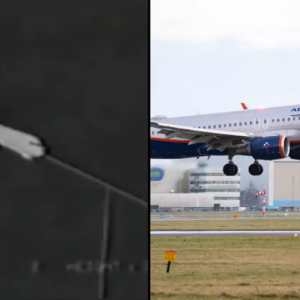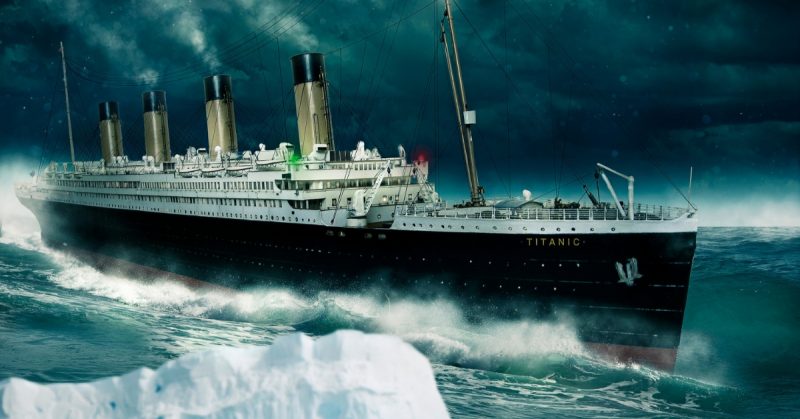
The sinking of the Titanic is an infamous event in history. Most people know about the iceberg and the fact that there were too few lifeboats for all the people on board.
However, many people do not know about Charles Herbert Lightoller, the second officer who saved lives and went on to distinguish himself in both world wars.
Lightoller’s maritime career began at the age of 13 when he started a 4-year apprenticeship on the Primrose Hill. A year into the apprenticeship saw him experience his first shipwreck.
The Holt Hill ran aground in 1889 and the Chief Mate was killed. Lightoller and the other survivors spent eight days on the island of St. Paul before being rescued.
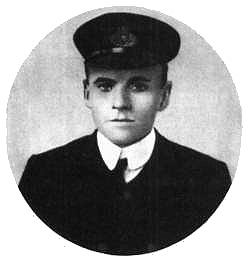
Charles Lightoller, an officer on the Titanic.
By the age of 21, Lightoller would be the survivor of a shipwreck, a cyclone, and a fire at sea. He would also have his mates ticket. For years, he would sail the open seas with different ships before joining the White Star Line and eventually boarding the Titanic.
Lightoller was the First Officer on the Titanic for the sea trial, two weeks before its maiden voyage. However, when the ship set sail, he would be the Second Officer as Captain Edward Smith appointed Henry Wilde as the Chief Officer instead.
The Titanic left Queenstown, Ireland on April 11, 1912, and was expected to arrive in New York on April 17, 1912.
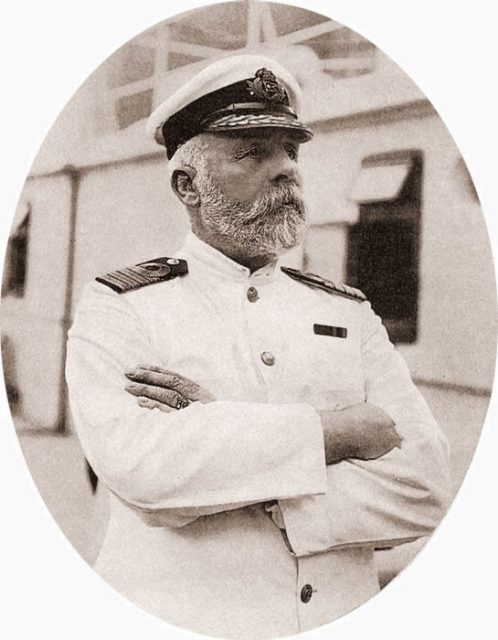
Edward J. Smith, on the Olympic, in 1911.
On April 14 at 11:40 pm, Lightoller was in his cabin after his shift when he felt a vibration run through the ship. Dressed in his pajamas, he went to the deck of the ship where he was met by Third Officer Herbert Pitman who had also felt the vibrations.
There was no sign of alarm on the bridge, and the men returned to their cabins to await further orders.
Only a few minutes later, Lightoller would be informed that the ship was taking on water and it was up to F deck in the Mail Room. Getting dressed, he headed to the deck and took charge of the even-numbered lifeboats on the port side.
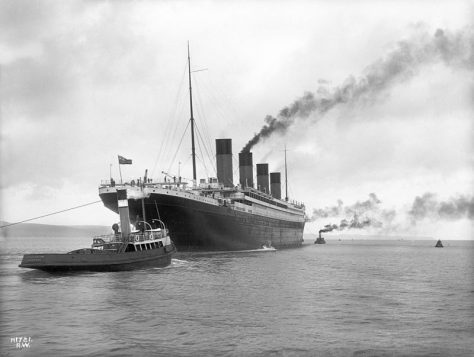
RMS Titanic.
He supervised the loading of women and children into the lifeboats and asked for permission to lower them. By 2 am, he was lowering Collapsible Boat D when he was told by Wilde to get in, an order he refused.
In the final moments of the sinking ship, he launched Collapsible Boat B before having to dive into the water as the ship surged forward. He was struck by a ventilation shaft but was saved from being pulled under by an exploding boiler. The explosion pushed him to the surface of the water close to the boat he had just launched.
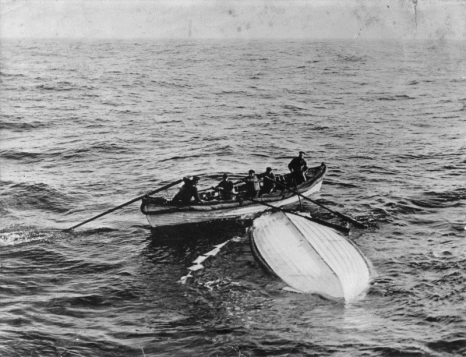
Lightoller survived aboard the Collapsible Boat B.
When the Carpathia arrived to rescue the men in the Collapsible Boat B, it was starting to sink. Lightoller was the last Titanic survivor to be taken aboard as he insisted on helping the others first. He was also the most senior officer to survive the sinking and would be called to the American Inquiry of the sinking.
This would not be the end of his time at sea as, after the American and British Inquiry, he would sail as First Officer on the Oceanic. He was still serving on the ship when WWI began and it became an armed merchant cruiser.
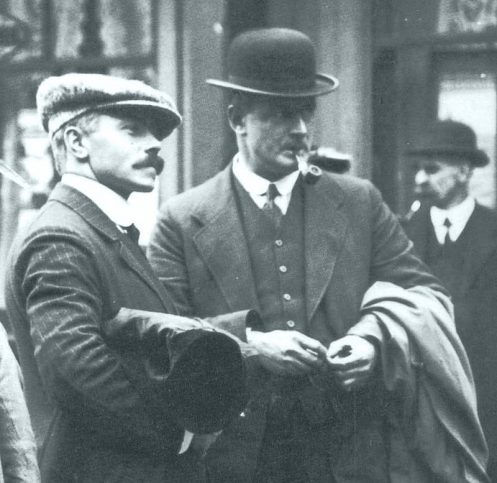
Lightoller, right, with third officer Herbert Pitman.
With the change in status of the ship, he would become a Lieutenant instead of the First Officer. The Oceanic would not serve in the Navy for long as it ran aground on September 8, 1914, before being broken up by a storm three weeks later.
Just before Christmas in 1915, Lightoller was given command of the torpedo boat HMTB 117. His actions as commander would lead to him being presented with the Distinguished Service Cross.
He was then promoted to commander of the Falcon, a torpedo boat destroyer. The Falcon would eventually meet the same fate as the Titanic after colliding with a trawler.
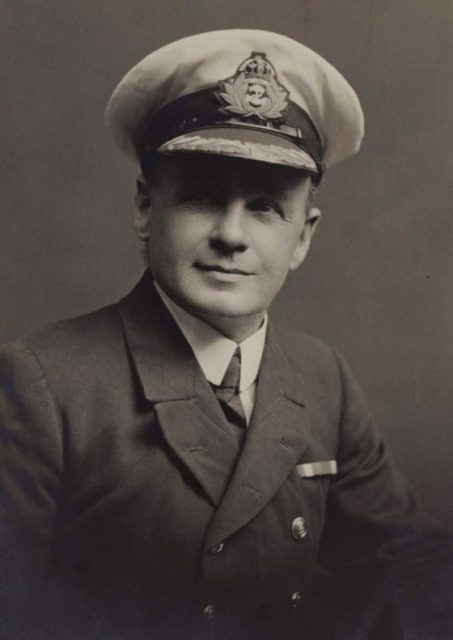
Charles H. Lightoller, second officer of the RMS Titanic.
By the end of 1918, he would leave the Royal Navy as a full commander. His promotion was prompted by his actions in sinking a UB-110 by ramming it with the destroyer Garry.
After leaving the Navy, he returned to White Star Line, but the company wanted to forget about the Titanic and all the people associated with it. This led to him resigning after serving for 20 years with the company.
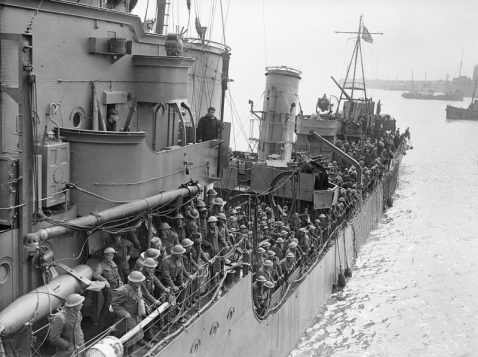
During his years in retirement, Lightoller opened a guest house and bought a yacht called the Sundowner. However, this was not the end for the seaman as he found himself part of Operation Dynamo in 1940 at the age of 66.
The operation started with a request sent by the British Admiralty for private vessels to help with the evacuation of 400,000 Allied soldiers near Dunkirk.
On June 1, 1940, Lightoller sailed the Sundowner out of Ramsgate with his son Roger and Sea Scout Gerald Ashcroft. The vessel had a capacity of 21 people, but they were able to fit 130 soldiers on board.
On the return voyage, the Sundowner was attacked by runs from Luftwaffe aircraft. However, the evasive maneuvers used by Lightoller ensured that none of the strafing runs hit the boat.
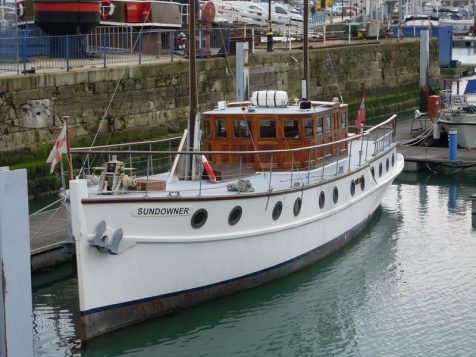
Lightoller’s Sundowner. Photo by Stavros1 CC BY SA 3.0
Another danger came from the waves of fast-moving destroyers, particularly as the Sundowner was deep in the water due to the additional weight and was in danger of being swamped. After 12 hours, the ship made it safely back to Ramsgate.
After the first run, Lightoller wanted to head back to Dunkirk, but only ships able to travel 20 knots were allowed. Following the operation, he joined the Home Guard and worked with the Royal Navy on the Small Vessel Pool until the end of the war.
He was eventually ‘demobbed’ at the age of 72.
News
The “Red Zone” – Land Still Abandoned Due to the Dangers Left by the First World War
The “Red Zone” – Land Still Abandoned Due to the Dangers Left by the First World War In the aftermath of the First World War, large areas of northeast France were left in ruin. Years of constant siege warfare along…
Before Becoming a Big-Name Actor, Richard Todd was a Paratrooper Who Fought at Pegasus Bridge
Before Becoming a Big-Name Actor, Richard Todd was a Paratrooper Who Fought at Pegasus Bridge Photo Credit: 1. Sgt. Christie, No. 5 Army Film & Photographic Unit / Imperial War Museums / Wikimedia Commons / Public Domain 2. Silver Screen…
The Potsdam Giants: A Prussian Infantry Regiment Of Nothing But Very Tall Soldiers
The Potsdam Giants: A Prussian Infantry Regiment Of Nothing But Very Tall Soldiers Frederick William I inspecting his giant guards known as The Potsdam Giants, a Prussian infantry regiment No 6, composed of taller-than-average soldiers. Frederick William I of Prussia,…
Ellen DeGeneres cuts a very casual figure as she drives around in her Ferrari
Ellen DeGeneres cuts a very casual figure as she drives around Montecito in her Ferrari… while preparing to embark on her stand-up tour Ellen DeGeneres cut a very casual figure as she made her way around Montecito on Tuesday morning. The…
“I’m heavily tattooed and keep getting rejected for jobs – it’s not fair”
Heavily tattooed OnlyFans star, 23, with multiple piercings on her FACE slams TJ Maxx for rejecting her for a job – accusing retailer of unfairly judging her dramatic look A woman has accused TJ Maxx of rejecting her for a…
All 75 passengers killed in plane crash after pilot let his chirldren control the plane
Praying, turning the engine off by accident and letting KIDS play with the controls: The worst blunders made by pilots before a crash revealed Every time we board a plane, we put our lives in the hands of the pilot….
End of content
No more pages to load





